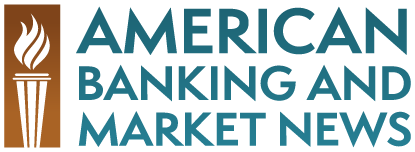The Federal Reserve announced Monday that it is considering the use of a term-deposit program that would motivate financial institutions to park excess reserves at the central bank. The move is being considered as the Fed ponders how to reign in hundreds of billions in excess reserves that have been pumped into the system over the past year or so.
If the Fed decides to move forward with the term-deposit program, it would essentially be similar to when a customer invests in a certificate of deposit at a banking institution. U.S. financial institutions would put their money with the Federal Reserve Bank and receive interest on those funds.
Regularly held auctions would be used to sell the term-deposits to banks, with bidders submitting the interest rate they want on their money, along with the amount of money they would deposit.
Fed Chairman Ben Bernanke has previously stated he will not let inflation sneak up and derail the economy as it finally begins to rebound.
Since the onset of the credit crisis, the Federal Reserve has pushed more than $2 trillion in funds into the system through programs, such as the purchasing of mortgage backed securities.
With such programs ending; the mortgage backed buying program ended in October, the Fed is now looking at how to reign in excess liquidity now that the economy is firming up.
The Federal Reserve’s balance sheet is more than double the size it was before the onset of the credit crisis.






